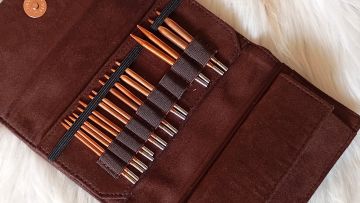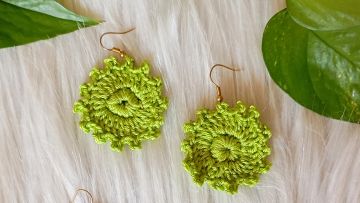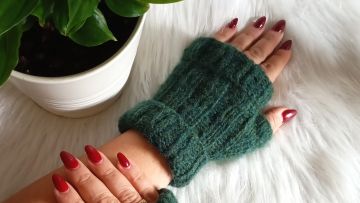Hello darlings!
October is showing us his temperamental side with hot days followed by rainy ones but that's ok. I will not hold that against him! I am using the little time I've got to cook my favorite meals and some of Nick's too. Off course he is a soup lover so I am making soup once or twice per week.
If you are a cook you know that the preparation is sometimes harder than the cooking itself. Cause before the actual cooking, there is cutting… and mincing, slicing, dicing, carving and pretty much any other cutting you can imagine.
original photo from NOTONKeramik on etsy
Enter the cutting board: one of the most trusty tools in the kitchen. With the right cutting board, not only will your overall experience with cooking improve, but your food may be better prepared and healthier too!
Alas, not all cutting boards are created equal, so today we’ll talk about what types of cutting boards there are and which may be right for you.
Plastic Boards
Plastic boards are the most commonplace in the everyday kitchen because they are lightweight, easy to move around, inexpensive and can be cleaned in the dishwasher. What also makes plastic boards attractive is that they offer a safe, sturdy surface for your knife to cut without needing to be regularly seasoned.
The issue with plastic cutting boards, however, is that they can harbor harmful food bacteria most easily, particularly in the crevices left by deep cuts on the surface. Short of bleaching a board - a harsh treatment for a surface that comes in regular contact with food - regular handwashing and the dishwasher may not be fully effective in cleaning and disinfecting.
Plastic boards are therefore best for prepping non-raw foods like vegetables and herbs, but when it comes to ingredients that may pose a higher risk for food-based bacteria, another material might be a better option.
Glass and Marble Boards
Dense and nonporous surfaces like glass and marble make for an appealing cutting board option because they are non-porous and low maintenance. They don’t need to be seasoned and can be put in the dishwasher along with regular dishes. On top of that, many glass and marble boards on the market are visually appealing as well.
The downside to these dense surfaces is that they are extremely tough on your chopping knives. With no mechanism to absorb impact from the force of your cut, your knife blade receives a lot of force in return and thus dulls more often… if it doesn’t chip outright.
Bamboo and Wood Boards
While slightly more high maintenance than the other two options, bamboo and wooden boards do offer a lot of advantages. They are renewable materials that carry with them highly beneficial antimicrobial properties, which help mitigate against the risk of food-based bacteria like E.Coli and Salmonella.
They do, however, need a little more attention. It’s best to rinse and hand wash these boards after each use, while also looking to avoid prolonged exposure to water that may otherwise cause it to warp. Without a regular seasoning or oiling, these boards can also be at risk to split and crack.
Nevertheless, with softer and more forgiving surfaces - particularly hardwood cutting board varieties like walnut, teak, acacia and maple - these cutting boards provide the best all-around benefit to your knives, your food safety and your overall cooking experience.
Which one do you prefer? Do you have a favorite material for your cutting boards?
Lots of love



















